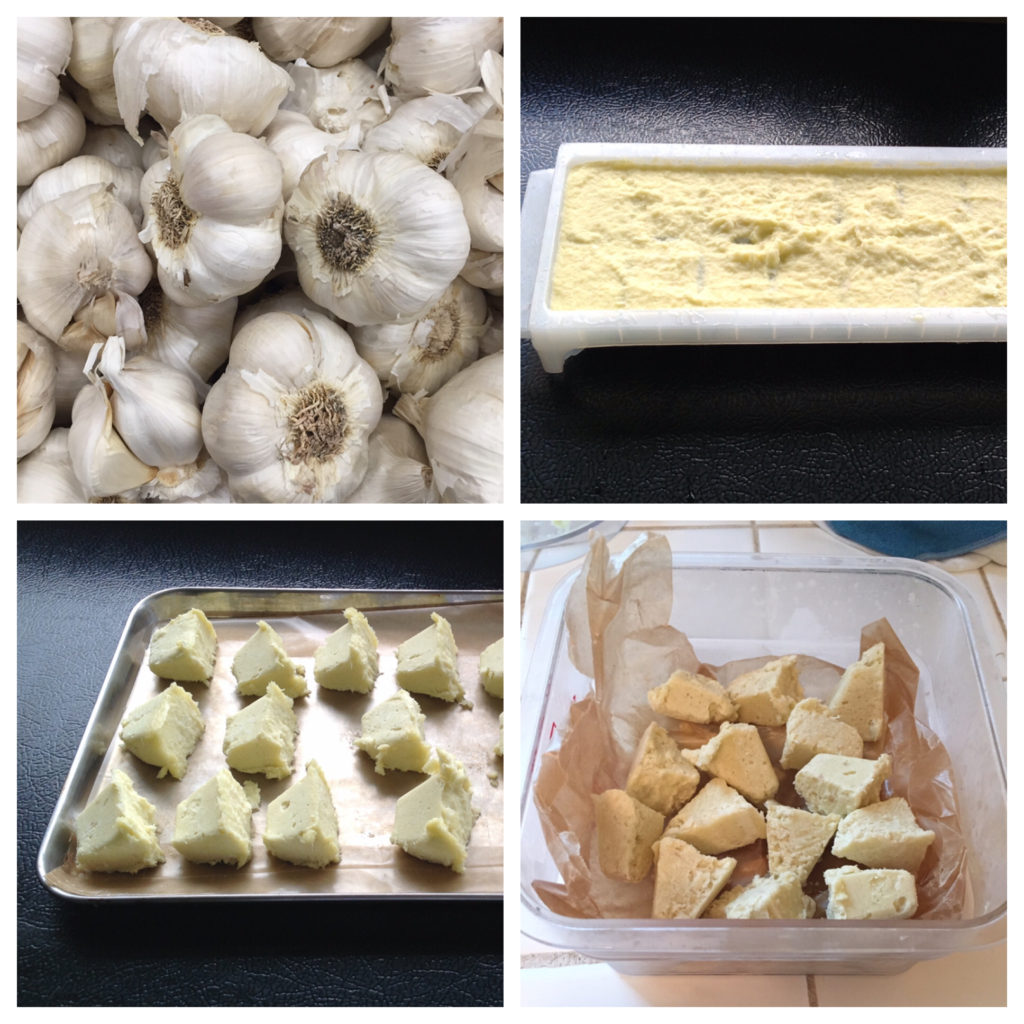Here’s another example of an un-recipe. In case you haven’t read any of the prior posts, an un-recipe gives you enormous freedom in the kitchen. You can break free from having to use exact ingredients and exact measurements, too (baking is an exception, there is some leeway but not much). You learn to switch out and switch up ingredients in recipes and use what you have on hand. This makes the whole topic of food easier and more pleasurable. Over time, you learn which flavors go together and you will discover unique combinations you didn’t even know existed. If you want information about which flavors compliment each other, check out “The Flavor Bible” by Andrew Dornenburg and Karen Page.
The following un-recipe is for my favorite quick bread. I love eating this in the morning, toasted with a lot of butter. Eating something this delicious —and nourishing —makes me happy to be alive. The quality of one’s life can be measured in the number of simple little pleasures that occur throughout the day. You don’t even need a mixer to make this – just a mixing bowl, spoon, and some elbow grease.
The Very Best Quick Bread or Muffins
2 cups unsifted flour (I’ve tried this with gluten-free flour, it works as long as you add some xanthan gum)
1 tsp baking soda
½ tsp baking powder
¾ tsp salt
Sweetener: 1 cup date, coconut or cane sugar. I like to use date sugar. If you use coconut sugar, keep an eye on it because it will brown fast. Cover with foil about 15 minutes into the baking. This recipe may work with honey or agave syrup, but I have not tried it. You might need to add a bit more flour.
Spices: ½ tsp each cloves, nutmeg, cinnamon and ginger or 2 teaspoons pumpkin pie or chai spices or other combination of warm spices.
2 eggs
½ cup vegetable oil (I like to use rice bran oil) OR substitute ¾ cup mayonnaise and ¼ cup water for the oil and eggs
1 ½ teaspoons vanilla or other flavoring (I like maple, almond and hazelnut)
1 cup pumpkin or winter squash, or mashed ripe bananas, applesauce, zucchini, or other pureed fruit.
Chopped nuts and/or dates, candied ginger, chocolate chips, etc.
Combine the dry ingredients. Combine the moist ingredients then thoroughly mix the dry with the moist. Pour into greased loaf or muffin pans. You can vary the size of the loaf or muffin pans– just make sure they are filled about half way. Bake in a 350⁰ oven for 35-40 minutes or until the mixture starts to pull away from the edges of the pan and cracks appear on the surface. Cool in pan. This bread freezes well, too.

I like to make this via the “assembly line” method. You can make multiple batches of the dry ingredients and store each batch in one quart mason jars. Then all you have to do is round up the moist ingredients and whip a loaf together in just a matter of minutes. So there you go – another un-recipe recipe.


